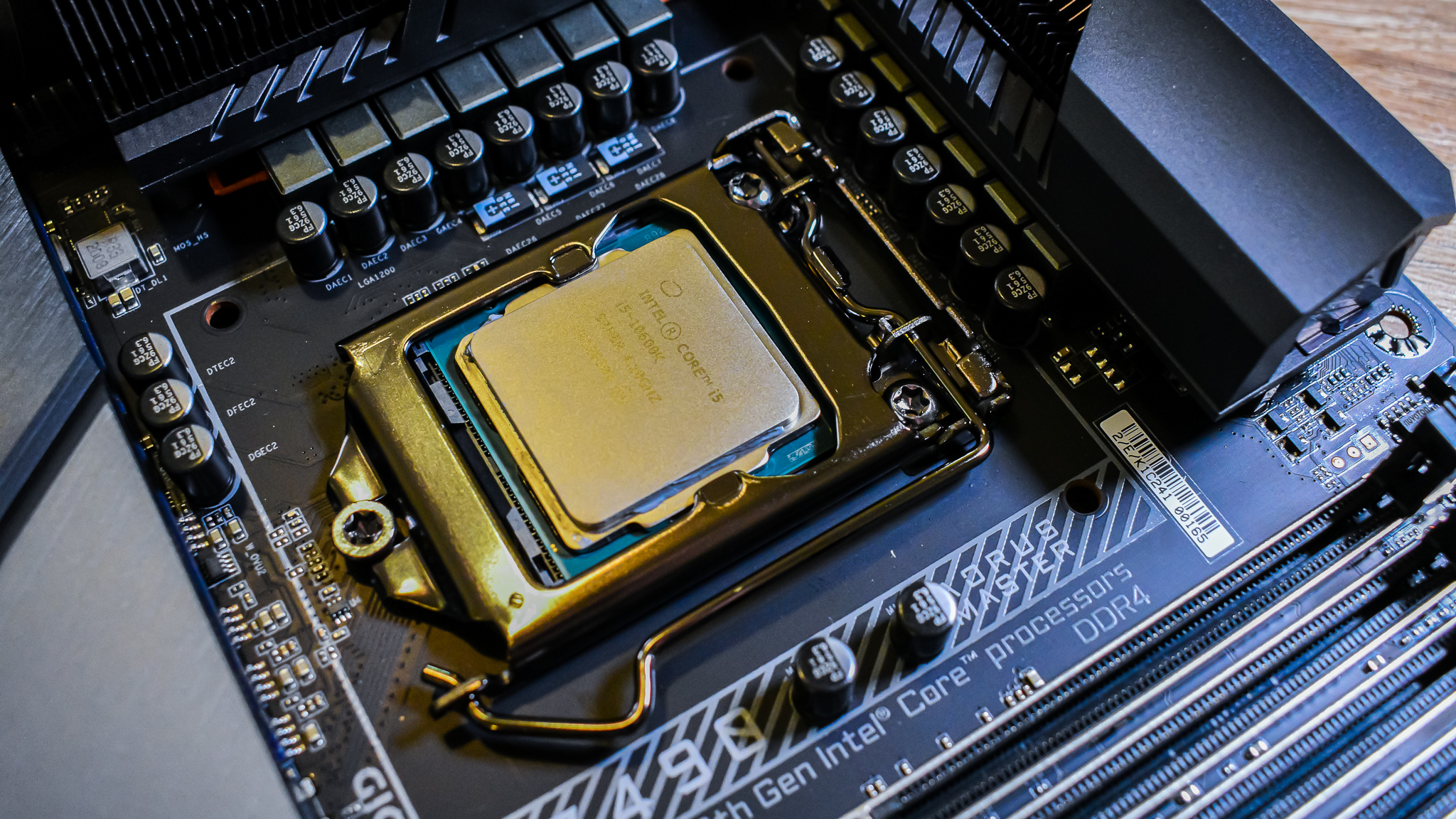TechRadar Verdict
The Intel Core i5-10600K provides excellent performance for the money, and is easy to recommend to mid-range buyers who just care about current gaming performance. However, the lack of PCIe 4.0 support makes it hard to recommend to anyone that wants a future-proof system.
Pros
- +
Excellent multi-core performance
- +
Improved single-core performance
- +
Affordable
- +
Good thermal performance
Cons
- -
No PCIe 4.0
- -
Higher power consumption
Why you can trust TechRadar
The Intel Core i5-10600K has a lot to prove, if Intel wants to keep that mainstream gaming crown. For the longest time, having an affordable Intel mainstream processor with Hyper-Threading enabled seemed like a pipe dream. But, with AMD giving it a good run for its money, Team Blue has decided to spread the joy of Hyper-Threading around to the entire Comet Lake-S lineup – even the Pentiums – instead of reserving it for the top of its product stack.
So, what you’ve got in the Intel Core i5-10600K is a 6-core, 12-thread processor that delivers impressive performance while keeping the price tag affordable. And, for the first time in a while, two competing chips in the same price window – the i5-10600K and the AMD Ryzen 5 3600X – have the same amount of cores and threads, which benefits consumers immensely.
Still, the Core i5 has traditionally been the go-to for PC gamers looking for awesome gaming performance without having to fork over the cash for a flagship processor. With AMD Ryzen 3000 on the market claiming performance wins left and right, can the Intel Core i5-10600K keep up?
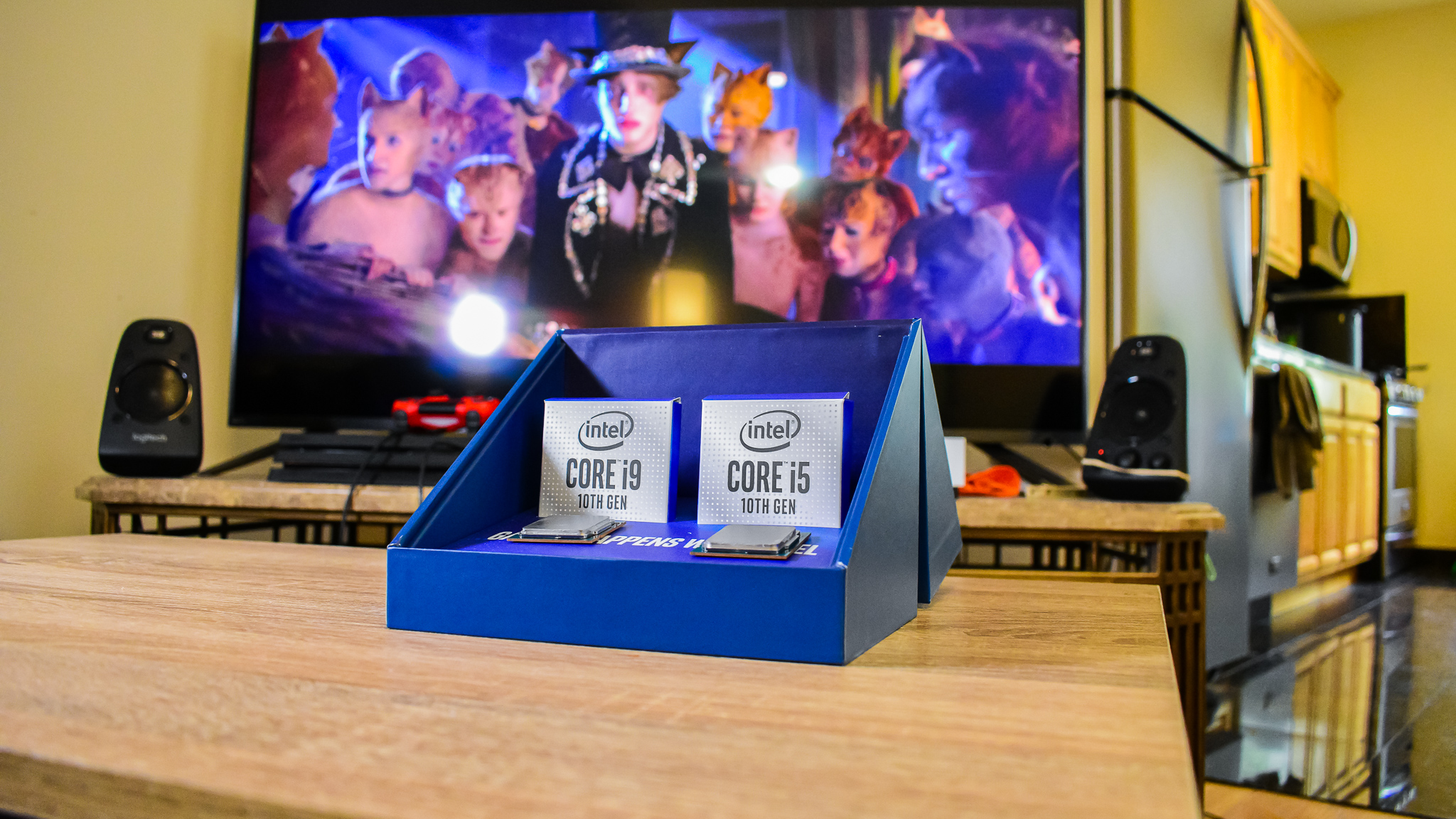
Price and availability
The Intel Core i5-10600K is available now, for a suggested retail price of $262 (about £210, AU$399), which puts it squarely up against the $239 (£239, AU$389) AMD Ryzen 5 3600X. However, keep in mind that Intel doesn't directly control retail prices in the same way that AMD does, and you may see higher prices for this processor.
Still, these two processors being this close together in price with nearly identical specs is awesome. Both are 6-core, 12-thread processors, which will allow mid-range buyers of both Intel and AMD to gain the benefits that multi-threading brings to content creation. The hardware barrier for folks to create their own content keeps coming down, and we definitely think that's worthy of celebration, no matter what side of the silicon wars you're on.
The Intel Core i5-10600K does have a higher boost clock, going up to 4.8GHz, as opposed to the 4.4GHz that the 3600X reaches, but that doesn't matter quite as much as it used to.
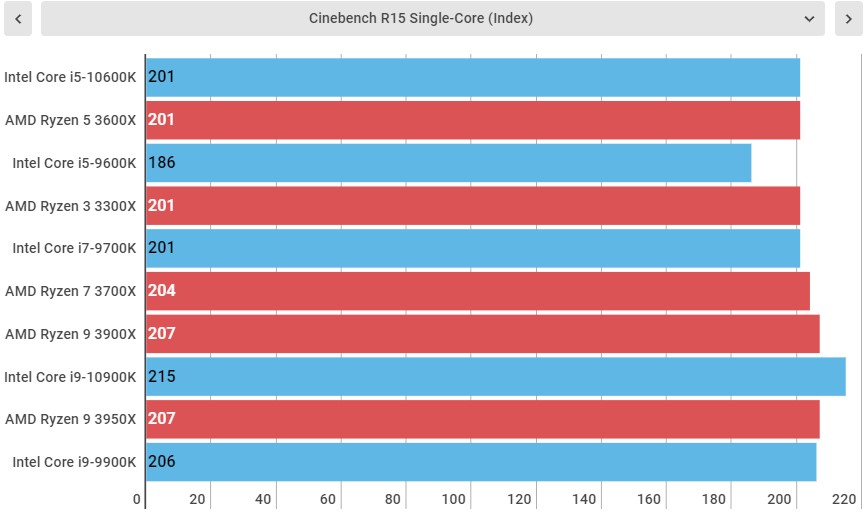
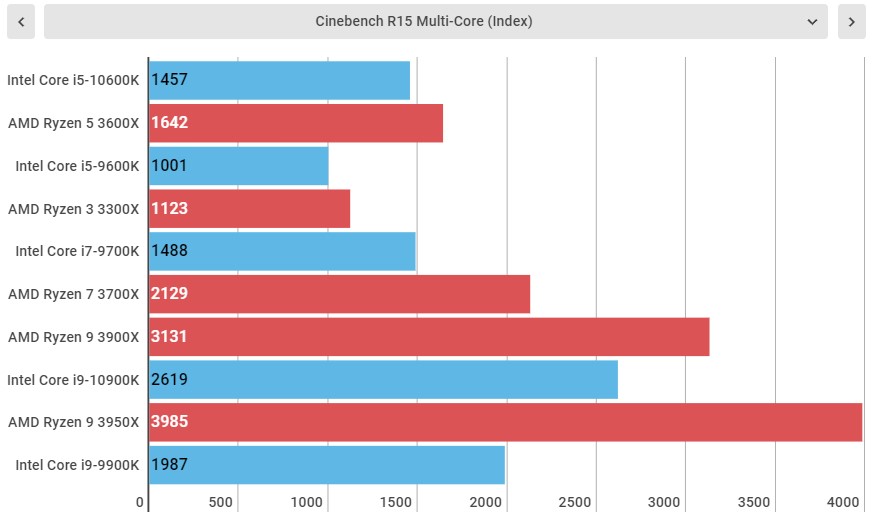
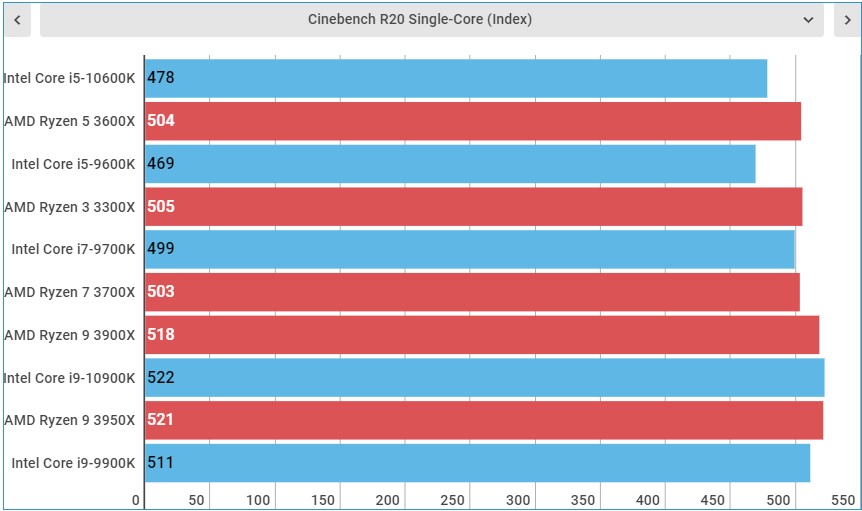
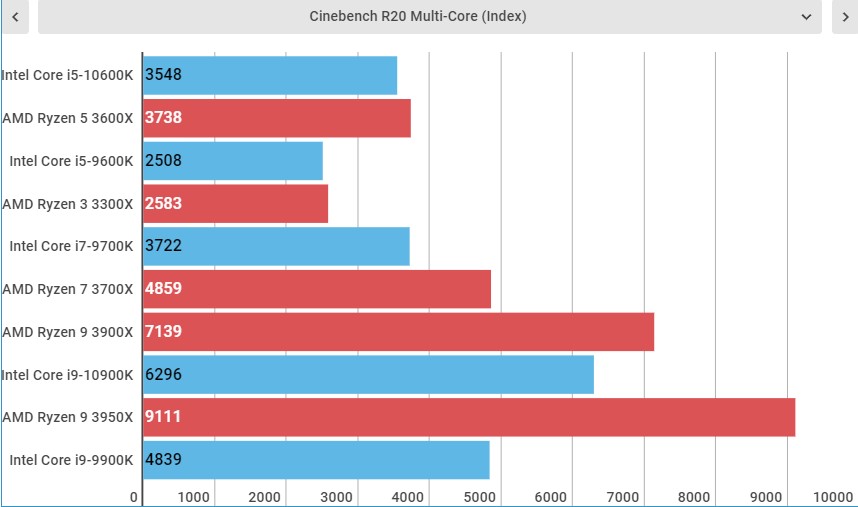

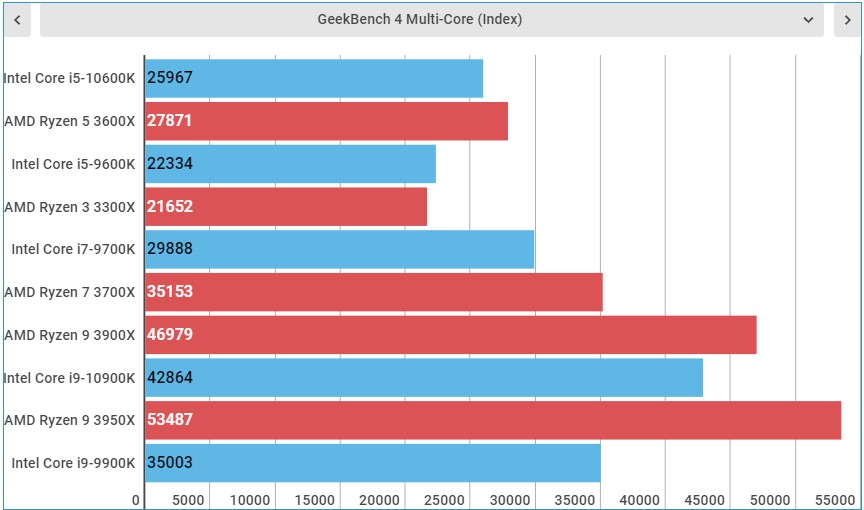

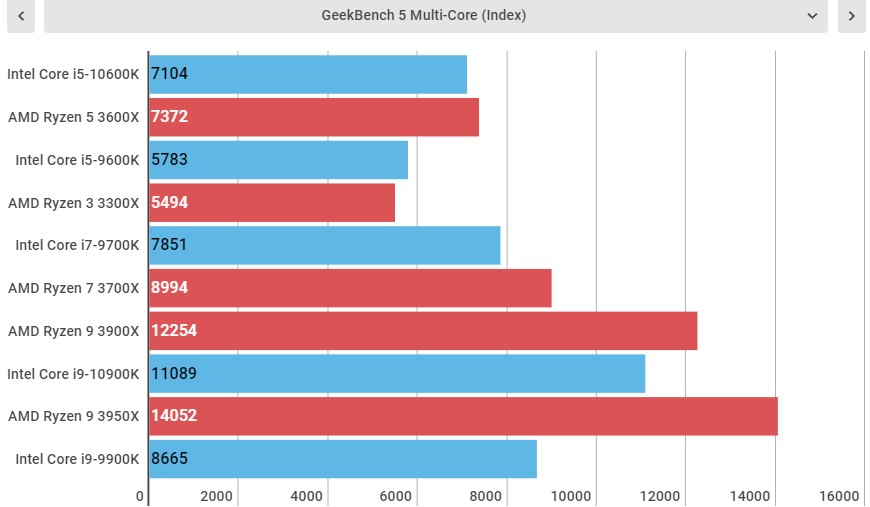
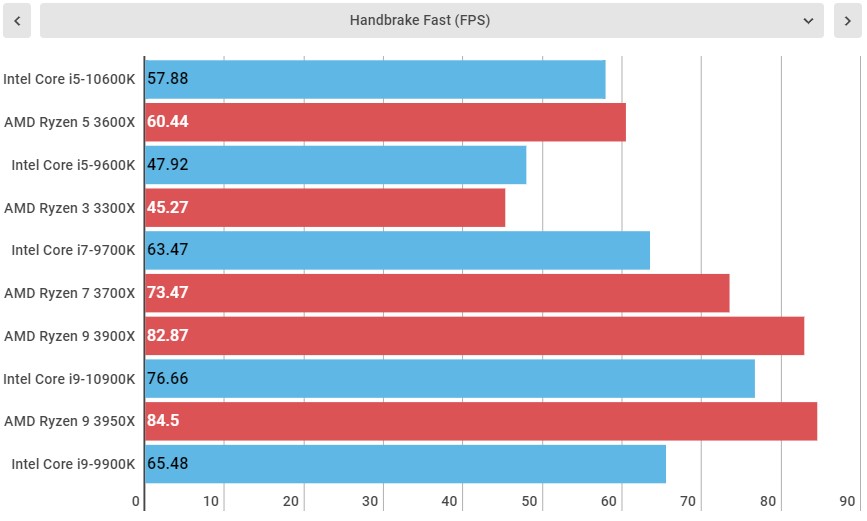
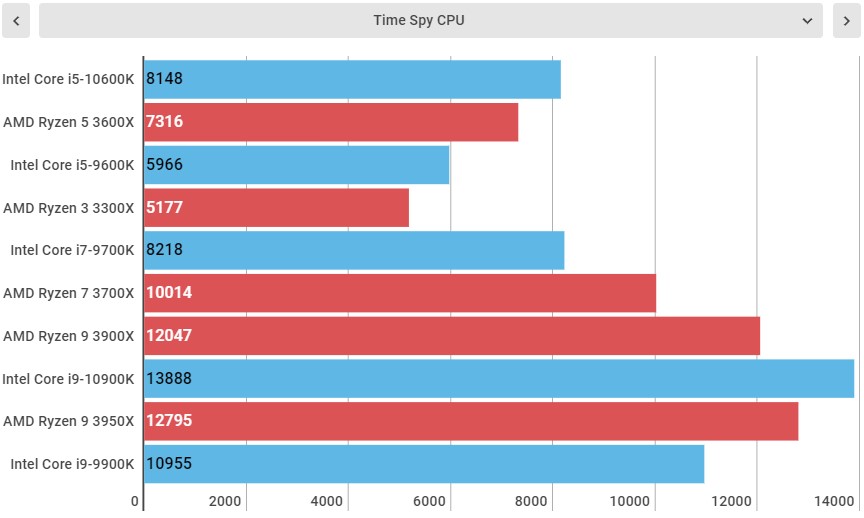



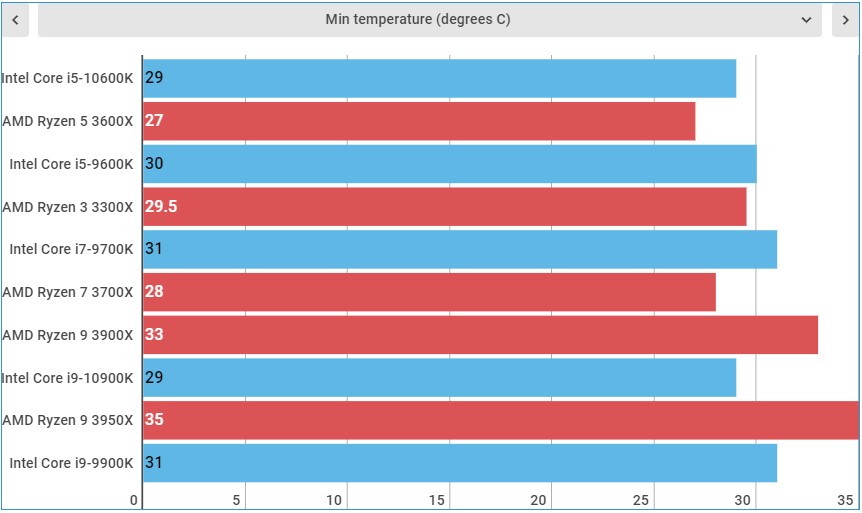
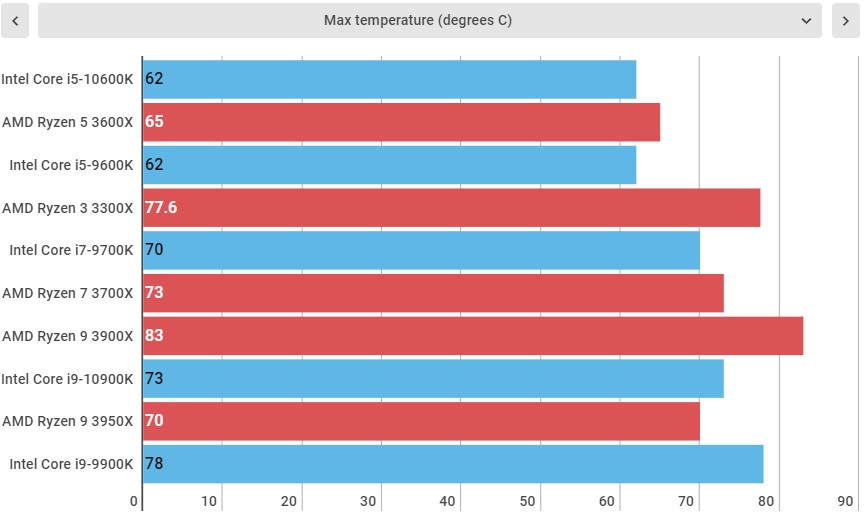
Features and chipset
The Intel Core i5-10600K, like the rest of the Comet Lake-S lineup, is based on yet another revision of the 14nm Skylake architecture. This does mean that IPC performance remains largely the same, but don't think that Intel has completely rested on its laurels.
Sign up for breaking news, reviews, opinion, top tech deals, and more.
The TDP (thermal design power) has been raised all the way up to 125W, and to compensate for this, Intel has thinned out the layer of silicon in order to include a thicker heat spreader. This means that while power consumption is higher than its 9th-generation counterpart, we didn't actually see the Core i5-10600K break 100W until we ran it through Prime95 – where it hit 140.41W – you won't see that kind of power consumption spike in your everyday workloads. Instead, throughout all our normal testing, we didn't see power usage spike above 99.18W.
That is a lot higher than the peak 84.06W we saw with the Core i5-9600K, but it's still far below the TDP, which at least means there's likely a lot of overclocking headroom – something Intel Core i5 K-series chips are beloved for.
Ordinarily, a rise in power consumption would mean a rise in temperatures, but we didn't actually see that happen. Again, Intel has thinned out the silicon and implemented a thicker IHS, which means that in our normal testing – again, discounting Prime95, which doesn't reflect normal usage – we didn't see temperatures above 62C, which is exactly what the Core i5-9600K peaked at.
Another thing this higher power consumption allows is high clock speeds. The Intel Core i5-10600K has a single-core Turbo Boost of 4.8GHz and 4.5GHz for an all-core Turbo Boost. This is slightly higher than the 4.6GHz single-core Boost of the 9600K, but much higher than the 4.4GHz of the Ryzen 5 3600X.
If you're playing a lot of esports that rely on high clock speeds more than anything else, this higher boost clock certainly can't hurt, and the inclusion of Hyper-Threading on a K-series Core i5 for the first time will help this processor have more utility than just a gaming chip.
However, it's not all rosy here. Intel Comet Lake-S doesn't support PCIe 4.0, which means the latest and greatest NVMe SSDs are incompatible with this platform. As things stand right now, this isn't a huge deal – PCIe 4.0 SSDs are very expensive, and while they are faster, they won't directly translate into better gaming performance.
That is likely to change once the next-generation gaming consoles launch, but because this is a mid-range mainstream processor, we don't think that's necessarily a deal-breaker. The AMD Ryzen 5 3600X, however, does support this technology, but it's not quite as strong in current games, so you're going to have to decide what matters more to you: what's the best right now or what will be best in the next year.
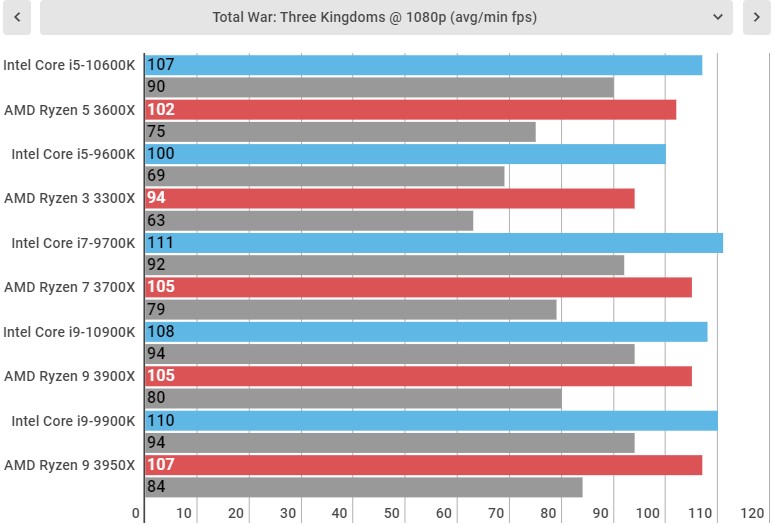
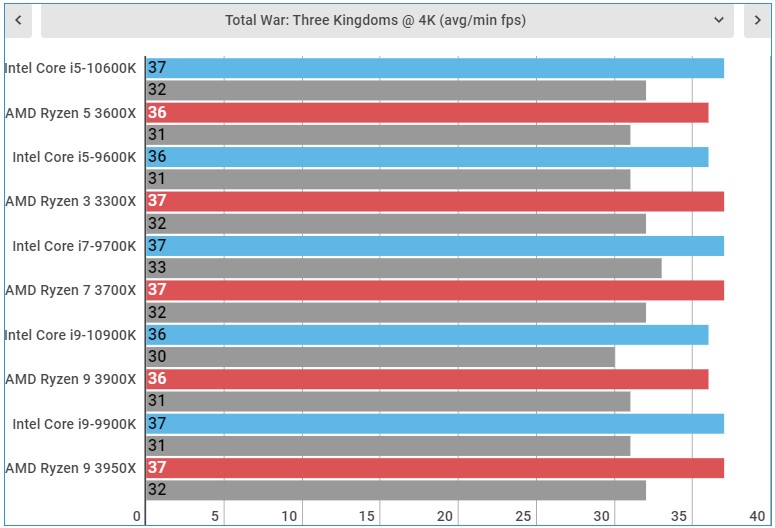

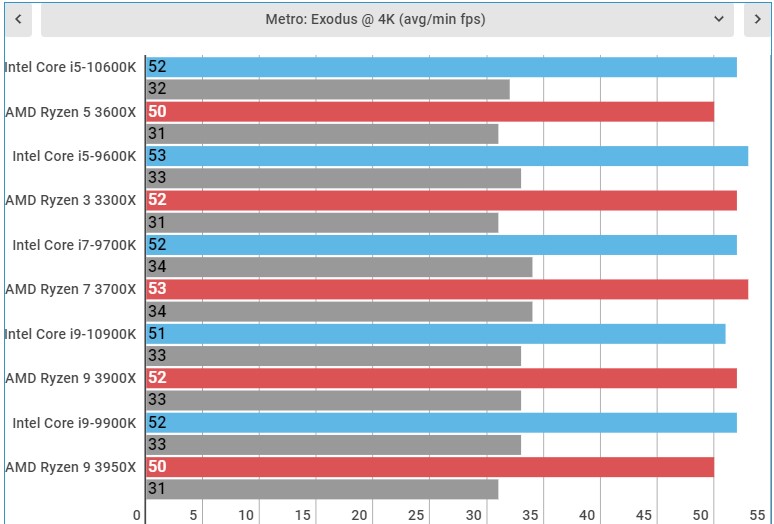

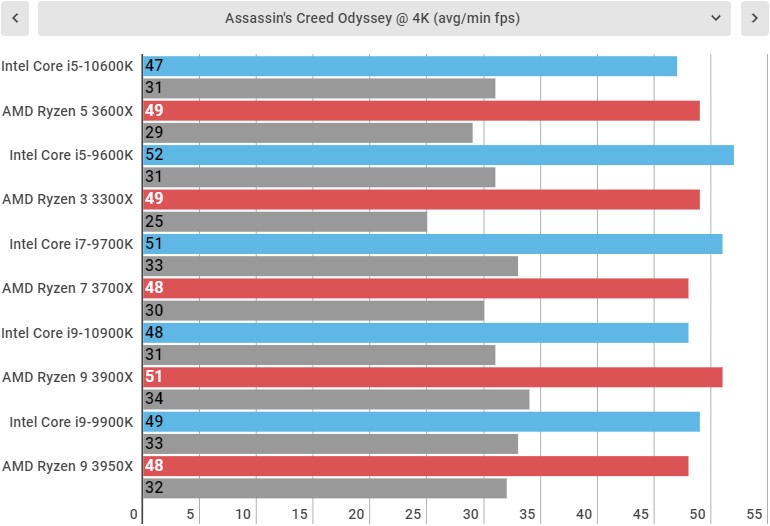
Performance
This is the system we used to test desktop CPU performance:
Intel 10th Gen:
CPU Cooler: Cooler Master Masterliquid 360P Silver Edition
Graphics card: Nvidia GeForce RTX 2080 Ti
RAM: 32GB HyperX Predator RGB @ 3,000MHz
Motherboard: MSI MEG Z490 Godlike
SSD: ADATA XPG SX8200 Pro @ 1TB
Power Supply: Phanteks RevoltX 1200
Case: Praxis Wetbench
Intel 9th Gen:
CPU Cooler: Cooler Master Masterliquid 360P Silver Edition
Graphics card: Nvidia GeForce RTX 2080 Ti
RAM: 32GB HyperX Predator RGB @ 3,000MHz
Motherboard: MSI MEG Z390 ACE
SSD: ADATA XPG SX8200 Pro @ 1TB
Power Supply: Phanteks RevoltX 1200
Case: Praxis Wetbench
AMD:
CPU Cooler: Cooler Master Masterliquid 360P Silver Edition Graphics card: Nvidia GeForce RTX 2080 Ti
RAM: 32GB HyperX Predator RGB @ 3,000MHz Motherboard: X570 Aorus Master
SSD: ADATA XPG SX8200 Pro @ 1TB
Power Supply: Phanteks RevoltX 1200
Case: Praxis Wetbench
Unlike its big sibling, the Core i9-10900K, the Intel Core i5-10600K offers a substantial upgrade in both single- and multi-core performance across the board.
In Cinebench R20, the single-core score goes up to 479 from 469, thanks to that 200MHz clock speed improvement, but the inclusion of Hyper-Threading sees the multi-core score jump all the way from 2,508 to 3,548 – a massive 30% generational improvement. Even in handbrake, we see a jump from 47.9 fps with the 9600K to 57.88 with the new hotness.
In the 3DMark Time Spy test, the Core i5-10600K got a hugely impressive score of 8,148, which not only dwarfs the 9600K's 5,966 points, but it's also an 11% lead over the Ryzen 5 3600X.
It even manages to stay within punching distance of Team Red's mid-range champion across all multi-core tests, with the biggest difference appearing in the GeekBench 5 Multi-core test, where AMD claims a 22% lead.
In gaming, however, the Intel Core i5-10600K really shows its strength. Even in the incredibly CPU-heavy Assassin's Creed Odyssey, the Core i5-10600K keeps up with the 10900K – a processor that costs nearly twice as much.
Intel's Core i5 processors have always been an easy recommendation for users that want a great gaming experience but don't want to spend $2,000 (£2,000, AU$3,000) on a gaming rig to get it. We're happy to report that the Intel Core i5-10600K maintains that position, even if you do have to give up on PCIe 4.0 to get it.

Final verdict
If you're going to get any Intel Comet Lake-S processor, this is probably the one to get. The Intel Core i5-10600K is a massive improvement over the 9600K in pretty much every way, especially if you're looking to do more than just gaming.
Both multi-core and single-core performance gets a huge bump, and while power consumption also sees a massive increase, temperatures miraculously don't.
You will have to live without PCIe 4.0, which is definitely a shame, as any system you build with this processor won't be as future-proof as it would be with the AMD Ryzen 5 3600X. But, at the end of the day you're getting some incredible performance for the money, and that will likely get even better if you overclock it.

Jacqueline Thomas (Twitter) is TechRadar's former computing editor and components queen. She is fat, queer, and extremely online, and is currently the Hardware and Buying Guides Editor for IGN.
